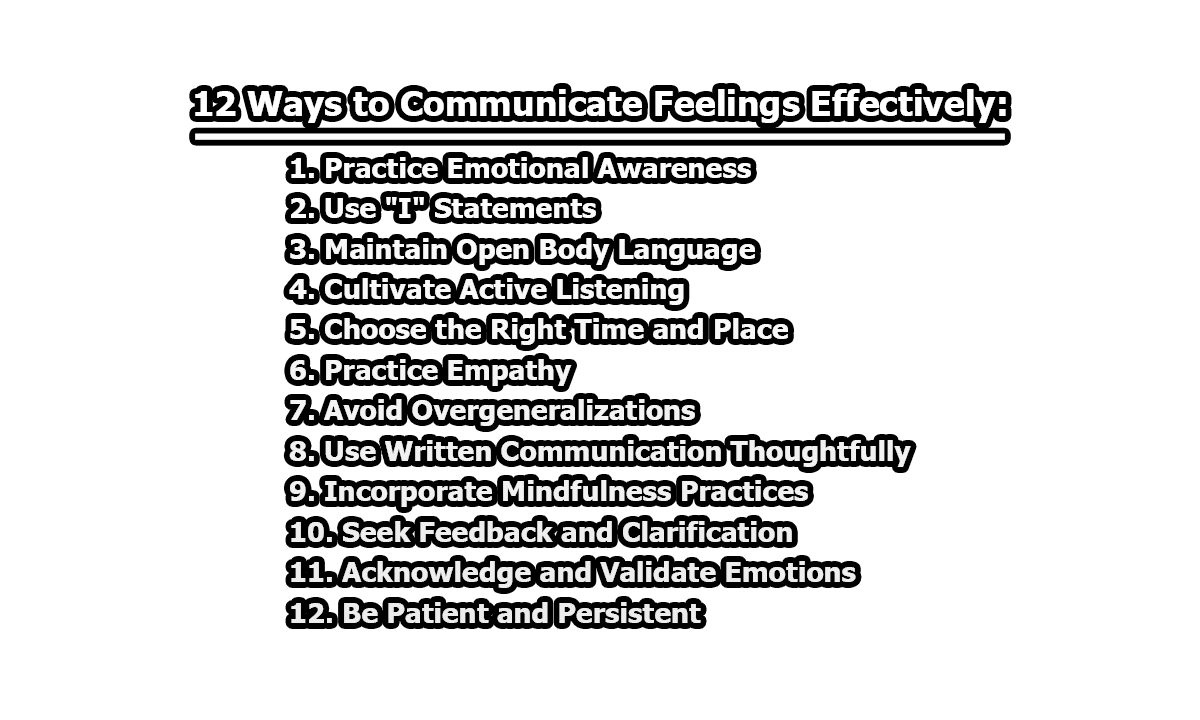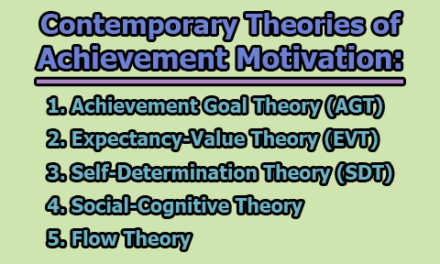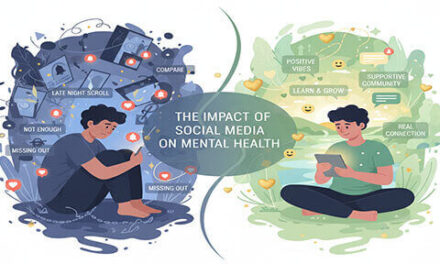12 Ways to Communicate Feelings Effectively:
Effective communication of emotions is vital for fostering understanding and building strong relationships. Expressing feelings clearly and empathetically not only nurtures emotional clarity but also strengthens connections with others. In this article, we will explore 12 ways to communicate feelings effectively.
1. Practice Emotional Awareness: Before expressing emotions, it is crucial to recognize and label them accurately. Emotional awareness involves understanding what you are feeling and why. For example, if you are angry, is it due to frustration, disappointment, or hurt? Studies have shown that emotional awareness enhances interpersonal relationships and self-regulation (Barrett et al., 2001). Tools such as mood journals or emotion wheels can help identify specific emotions. Regular self-reflection through mindfulness or therapy can also deepen emotional understanding, making communication more precise and impactful.
2. Use “I” Statements: Replacing accusatory language with “I” statements fosters non-defensive communication. For example, instead of saying, “You never listen to me,” try, “I feel unheard when my concerns are not acknowledged.” This subtle shift frames the conversation around personal experiences rather than blame. Research highlights that “I” statements reduce conflict, encourage constructive dialogue, and improve mutual understanding (Gottman & Silver, 1999). Practicing this method consistently can create a safe space for emotional sharing.
3. Maintain Open Body Language: Nonverbal cues significantly impact how emotional messages are received. Open body language—such as uncrossed arms, leaning slightly forward, and maintaining eye contact—signals attentiveness and sincerity. According to Mehrabian (1971), nonverbal communication conveys 55% of emotional meaning in interpersonal interactions. Conversely, closed-off body language, like avoiding eye contact or turning away, can create barriers. Being mindful of these cues enhances the clarity and authenticity of emotional exchanges.
4. Cultivate Active Listening: Active listening involves fully concentrating on what the other person is saying without interrupting or planning your response. Reflective techniques, such as paraphrasing or summarizing the speaker’s message, demonstrate understanding. Research by Weger et al. (2014) shows that active listening fosters empathy and strengthens relationships. Practicing active listening requires setting aside distractions, such as smartphones, and focusing entirely on the speaker’s words and emotions.
5. Choose the Right Time and Place: Discussing sensitive emotions requires a calm and private environment. Attempting to address serious feelings during stressful or chaotic moments can lead to misunderstandings or escalations. Research supports the idea that the context and timing of emotional communication influence its effectiveness (Scherer & Scherer, 2011). Plan discussions for moments when both parties are calm and available to engage, ensuring the message is received with openness.
6. Practice Empathy: Empathy is the ability to understand and share the feelings of others. By putting yourself in someone else’s shoes, you can bridge emotional gaps and create deeper connections. For example, if someone expresses sadness, respond with statements like, “I can see how that situation would feel overwhelming.” Empathy helps individuals feel validated and understood, fostering trust (Decety & Jackson, 2004). Developing empathy requires active effort, such as asking open-ended questions and truly listening to responses.
7. Avoid Overgeneralizations: Overgeneralizations, such as “You always” or “You never,” can escalate conflicts by putting the other person on the defensive. Instead, focus on specific instances and use neutral language. For example, replace “You never help around the house” with “I felt stressed yesterday when I had to handle all the chores alone.” This approach reduces defensiveness and aligns with research on effective conflict resolution (Halford et al., 2007). Staying specific allows for clearer communication and more productive problem-solving.
8. Use Written Communication Thoughtfully: When verbal communication feels too intense or overwhelming, written messages can offer a more controlled way to express emotions. Writing allows time for reflection and ensures that thoughts are articulated clearly. A study by Derks et al. (2008) suggests that written communication can reduce impulsive reactions and facilitate emotional processing. However, tone can be harder to interpret in writing, so it’s essential to be explicit and considerate, using phrases like “I feel” or “This is important to me.”
9. Incorporate Mindfulness Practices: Mindfulness helps individuals stay present during emotionally charged conversations. By focusing on the present moment, mindfulness reduces the likelihood of reacting impulsively or being overwhelmed by past grievances. Studies indicate that mindfulness improves emotional regulation, enabling individuals to communicate their feelings more effectively (Hölzel et al., 2011). Techniques such as deep breathing or grounding exercises before and during discussions can promote calmness and clarity.
10. Seek Feedback and Clarification: Encouraging the listener to paraphrase or summarize your message ensures that they have understood your emotions correctly. For instance, ask, “Can you tell me what you heard me say?” Reflective listening techniques have been linked to improved relationship satisfaction (Rogers, 1951). This practice also provides an opportunity to clarify any misunderstandings, ensuring that the conversation stays productive and supportive.
11. Acknowledge and Validate Emotions: Acknowledging another person’s feelings validates their experiences and fosters emotional intimacy. For example, saying, “I can see how that situation would make you feel frustrated,” shows empathy and understanding. Validation reduces emotional distress and strengthens relationships by affirming that emotions are heard and respected (Linehan, 1993). Practicing this regularly creates a safe environment for open emotional communication.
12. Be Patient and Persistent: Learning to communicate emotions effectively is a skill that takes time and practice. Missteps are natural, but persistence in applying these strategies can gradually build trust and mutual understanding. Schrodt et al. (2008) emphasize that consistent efforts to improve communication habits yield long-term benefits in relationship quality. Patience, both with oneself and others, is essential for fostering a supportive environment for emotional expression.
From the above discussion, we can say that communicating feelings effectively requires a blend of emotional awareness, empathy, and intentional practices. By incorporating these 12 strategies into daily interactions, individuals can enhance emotional clarity and cultivate healthier relationships. Scientific evidence underscores the importance of these practices, highlighting their transformative potential in both personal and professional contexts.
References:
- Barrett, L. F., Gross, J., Christensen, T. C., & Benvenuto, M. (2001). Knowing what you’re feeling and knowing what to do about it: Mapping the relation between emotion differentiation and emotion regulation. Cognition & Emotion, 15(6), 713-724. https://doi.org/10.1080/02699930143000239
- Decety, J., & Jackson, P. L. (2004). The functional architecture of human empathy. Behavioral and Cognitive Neuroscience Reviews, 3(2), 71-100. https://doi.org/10.1177/1534582304267187
- Derks, D., Fischer, A. H., & Bos, A. E. (2008). The role of emotion in computer-mediated communication: A review. Computers in Human Behavior, 24(3), 766-785. https://doi.org/10.1016/j.chb.2007.04.004
- Gottman, J. M., & Silver, N. (1999). The seven principles for making marriage work. New York: Crown Publishers. https://www.gottman.com/product/seven-principles-for-making-marriage-work/
- Halford, W. K., Sanders, M. R., & Behrens, B. C. (2007). Can skills training prevent relationship problems in at-risk couples? Four-year effects of a behavioral relationship education program. Journal of Family Psychology, 21(2), 218-226. https://doi.org/10.1037/0893-3200.21.2.218
- Hölzel, B. K., Lazar, S. W., Gard, T., Schuman-Olivier, Z., Vago, D. R., & Ott, U. (2011). How does mindfulness meditation work? Proposing mechanisms of action from a conceptual and neural perspective. Perspectives on Psychological Science, 6(6), 537-559. https://doi.org/10.1177/1745691611419671
- Linehan, M. M. (1993). Cognitive-behavioral treatment of borderline personality disorder. New York: Guilford Press. https://www.guilford.com/books/Cognitive-Behavioral-Treatment-of-Borderline-Personality-Disorder/Marsha-Linehan/9780898621839
- Mehrabian, A. (1971). Silent messages. Belmont, CA: Wadsworth. https://eric.ed.gov/?id=ED045468
- Rogers, C. R. (1951). Client-centered therapy: Its current practice, implications, and theory. Boston: Houghton Mifflin. https://doi.org/10.1037/10720-000
- Scherer, K. R., & Scherer, U. (2011). Assessing the ability to recognize facial and vocal expressions of emotion: Construction and validation of the Emotion Recognition Index. Journal of Nonverbal Behavior, 35(4), 305-326. https://doi.org/10.1007/s10919-011-0115-4
- Schrodt, P., Witt, P. L., & Shimkowski, J. A. (2008). A meta-analytical review of the demand/withdraw pattern of interaction and its association with individual, relational, and communicative outcomes. Communication Monographs, 75(1), 28-58. https://doi.org/10.1080/03637750801952696
- Weger, H., Castle, G. R., & Emmett, M. C. (2014). Active listening in peer interviews: The influence of message paraphrasing on perceptions of listening skill. International Journal of Listening, 28(1), 13-31. https://doi.org/10.1080/10904018.2014.861302

Library Lecturer at Nurul Amin Degree College










